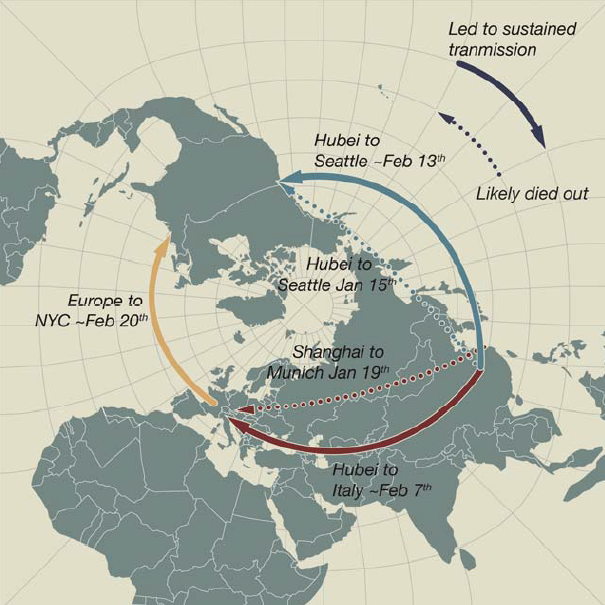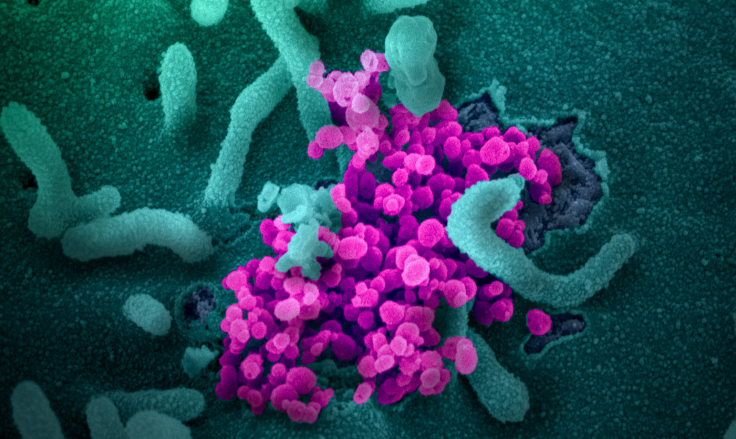New research points out that the coronavirus outbreak in Washington state happened in mid-February as opposed to what was previously thought that it started with the first reported case on January 15. The first chain of sustained transmission in America was started by a person who came to the country in mid-February and not by the first COVID-19 infection reported in the country.
This could be because, initially, the virus transmission chain died out as rapid interventions successfully prevented further COVID-19 transmission, said the paper published in the preprint server bioRxiv. "Our results refute prior findings erroneously linking cases in January 2020 with outbreaks," write the researchers in the paper.

Their analysis revealed that there was a long period of missed opportunity for intensive testing and contact tracing, which could have prevented SARS-CoV-2 from becoming an epidemic in the US and Europe. "Our results refute prior findings erroneously linking cases in January 2020 with outbreaks that occurred weeks later," said authors of the research paper in their abstract.
Their analyses revealed an extended period of missed opportunity when intensive testing and contact tracing could have prevented SARS-CoV-2 from becoming sustained outbreak in the US and Europe. "This indicates that the US could have acted sooner to mitigate the crisis, pointed by the study which is not yet peer reviewed," wrote authors.
Initial COVID-19 transmission from January halted because public health officials had already traced the person's contacts and quarantined them, indicated the research. This showed that the initial coronavirus containment efforts were successful.

The first patient to be diagnosed with COVID-19 in the US, designated 'WA1', was a Chinese national who traveled from Wuhan, in Hubei Province, China, to Sea-Tac International Airport near Seattle, Washington State, arriving on January 15, 2020. He sought medical care and was confirmed positive, becoming the first US patient to have a SARS-CoV-2 genome sequenced,
sampled on January 19, 2020.
The Gap
Efficient contact tracing by local health authorities mitigated its rapid spread and no onward transmission was detected after it. Again on February 29, 2020, a SARS-CoV-2 genome was reported from a second patient in Washington State. By then, there had been six weeks of cryptic circulation of the virus in Washington State, noted the authors.
There was weeks-long gap from when the virus was first detected and when the sustained transmission began rampantly. The US failed to take advantage of this gap, according to the paper. "Our finding ... is sobering, since it demonstrates that the window of opportunity to block sustained transmission of the virus stretched all the way until" mid-February, said the authors.
Hubei to Italy, then to New York City
Based on the lineage of the coronavirus mutations route, the researcher found that there were at least three early waves of uncontrolled transmission, that is, Hubei, Italy and New York City.
The study concludes that SARS-CoV-2 spread from Hubei province to Italy and later, from there to New York City where it began to spread locally undetected for a time making it a new epicenter of virus outbreak.
"This viral lineage appears to have been amplified because of luck, not high fitness," wrote the researchers in conclusion.
US reported more than 1,725,800 cases of coronavirus as of today, with deaths racing past 100,000. There are 479,973 recoveries so far.









